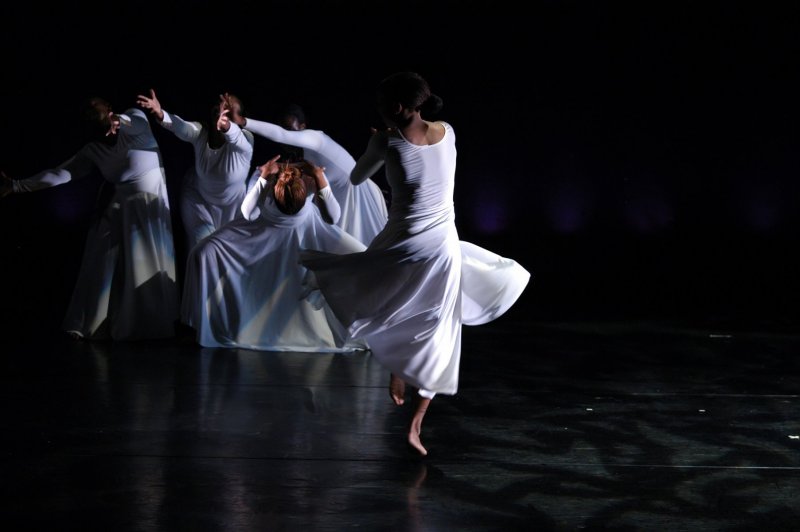The Impact of Music and Dance in the Entertainment Industry

Music and dance have been a part of the entertainment industry for all of its existence. We may not always realize how much it permeates our lives. No commercial is finished without music to set its emotional tone. No live music event is complete without dancers. And no sportsbook is ready to go live without a catchy jingle.
People even connect in religious rituals or social events through dance and music. However, artists also realized that utilizing music and dance is a great way to make some money. The entertainment industry owes its growth and universality to these enterprising people. Music is layered into films, tv shows, commercials, and theater, and it can carry a whole performance when a favorite singer performs. And where there is music, dance follows.
The History of Dance as Entertainment
Music, song, and dance are as old as humanity. Like theatre, most performance types started as rituals and celebrations. Dance is a part of almost every culture in the world and can be found in all continents that hold humans. People once learned to use dance to express their faith; now, they use music and dance to express themselves.
Professional dancers performed for the ruling class in Ancient Egypt. In Ancient Greece, dance was a part of theater. During medieval times, dance as entertainment was practiced by nobles and peasants alike. Those rituals still linger on through live or tv shows, theater performances, commercials, and parties. The list is endless. Dance and music have always been entertaining.
Art or Entertainment?
Writing music or choreographing dance is part of a creative process we can liken to painting or sculpting. We can learn to read the classical or free-form elements of dance to make meaning from it. The beauty of dance and music is that they can be both entertaining and artistic at the same time.
Many might argue that some styles like Ballroom or Tap are purely made for entertaining. However, despite the focus on colorful costumes and impressive moves, these dance types also reflect emotions of love or loss. We read those dances too, and therefore they cannot be excluded as art forms.
Music and dance uplift the entertainment industry into a giant gallery that showcases art to the world. We look for meaning in the dances on reality shows, or even in musicals we watch at a corporate lunch.
The Language Without Words
Music and dance don’t need language. Although most songs we sing along to have words, we enjoy songs in languages we don’t speak. Dance might also be to music with words, but that doesn’t limit our ability to interpret it.
It makes dance a form of entertainment that doesn’t need subtitles or interpreters. The entertainment industry owes its universality to music and dance. An American kid learns a K-pop song and dance, transporting it into their frame of reference.
The technological era has facilitated this growth of communication and appreciation between cultures and groups. The entertainment industry has grown significantly because of this connection.